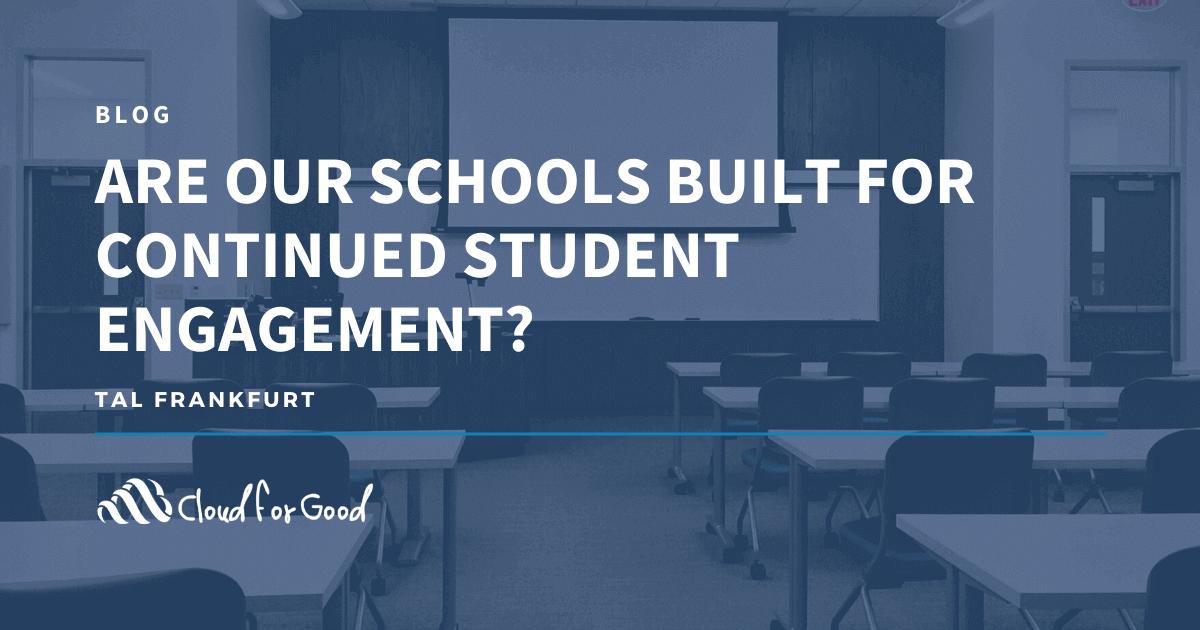NOTE: This blog was originally posted on Forbes. Read it here.
Technology is changing the way we interact with our favorite brands. In order to build and deepen relationships, companies are using new technologies to enable rapid, predictive, and customized interactions with their customers. Instead of waiting for a customer to show up at the store, visit the website or call for an inquiry, firms are addressing customers’ needs the moment they arrive — and sometimes even earlier. Customers benefit from the improved experience and companies are improving their efficiencies and bottom line.
One great example is the MagicBands that Disney World offers its guests. These are secure all-in-one devices that can transmit personal details, allowing guests to effortlessly experience Disney. You can use them for everything from unlocking your hotel door to charging food and merchandise to your account. As you walk into your dinner reservation, the host can greet you by your name and the food you pre-ordered on a mobile app will find you at your table. Cameras automatically take your pictures and add them to a personalized memory book that will be mailed to you after your vacation is over.
Similarly to Disney, many academic institutions are investing in data gathering and analytics to help build those predictive journeys for their students, alumni, and other faculty. However, they can be overwhelmed and struggle to collect meaningful data. What is the best way to connect with your students and donors?
Take Jane for example. Jane sees her old friend from college at Starbucks, prompting her to donate to her alma mater. She visits their website and looks for the “Donate Now” button only to find that it is hidden as a link at the bottom of the page. Jane starts the multipage donation form and remembers that her employer can match her gift. The donation form doesn’t have an option to indicate an employer match. But given Jane’s great memories from school, she decided to call the school to find out more information. After navigating their phone system and finally speaking with an advancement officer she learns that the school requires the employer to mail them their information in order to start the gift match process.
Frustrated by the experience, Jane gives up on the matching gift and returns to the donation form to complete the transaction with her credit card. Jane gets an immediate generic email that does not acknowledge her as an alumnus.
This certainly isn’t the desired outcome. Schools can make this journey more engaging with some simple strategies fueled by technology, including:
Rapid-Reactive-Response
This approach gives applicants, students, or donors the services they’ve requested as quickly and seamlessly as possible. It is an operational approach that focuses on fast delivery, quick resolution of an issue, and minimal friction.
In order to provide this response, schools need to listen to what their constituents want and make their application or donation process as easy as possible. The idea is to reduce the amount of energy end-users need to put into the process.
While there aren’t any academic institutions that have effectively implemented this approach yet, schools can take their cue in this regard from companies in different sectors. A great technology platform that is enabling this in the political campaign ecosystem is ActBlue, which is offering a robust A/B testing functionality that allows it to make sure that the donation process is as easy as possible. And nonprofit Double the Donation offers an automatic matching solution based on the donor’s email and integration with multiple donation solutions and CRMs to streamline the communication.
Proactive Offering
Unlike the previous approach, which assumes that the constituent can identify their need, this approach will proactively remind constituents of their needs and encourage them to take steps to help achieve their goals. To implement this approach well, an academic institution needs to receive information constantly from its constituents so it doesn’t miss the right moment to suggest action.
An example of a proactive offering is the systematic approach Georgia Tech took to address “summer melt,” a phenomenon in which students who apply, get admitted, and commit to going to college never show up to school. To aid these students the university identified common obstacles, such as not providing immunization records or completing the financial aid application. The approach for aiding these at-risk students included the use of an artificial intelligence-enhanced chatbot referred to as Pounce to predict questions and address concerns coming from students 24/7.
In its first year, Pounce delivered more than 200,000 answers, and the university reduced summer melt by 22%.
Automatic Execution
This forward-looking approach will allow an academic institution to meet the needs of constituents before they’ve become aware of those needs. In this approach, the constituents authorize the school to take care of something, and from that point on, the school handles everything. This approach requires a strong foundation of trust between the student and the institution and a constant flow of communication and data.
Consider how student advising could be affected by the combination of class data and wearable information such as class attendance. Rather than waiting for students to fail their next exam, the system could alert the advisor with enough time and data about their attendance and sleeping behavior to provide the student with the feedback and correct the behavior.
Keep in mind that while this approach of automatic execution is exciting, people differ in the degree to which they feel comfortable sharing data. Schools will need to prove to their students that they can trust them with their most valuable information and that it will be beneficial for them.
Technology is providing exceptional opportunities for institutions to analyze, suggest, and predict student behavior. By optimizing their use of technology, schools can easily build trust with their constituents, ultimately providing the schools with an avenue to better serve and continuously engage students.





